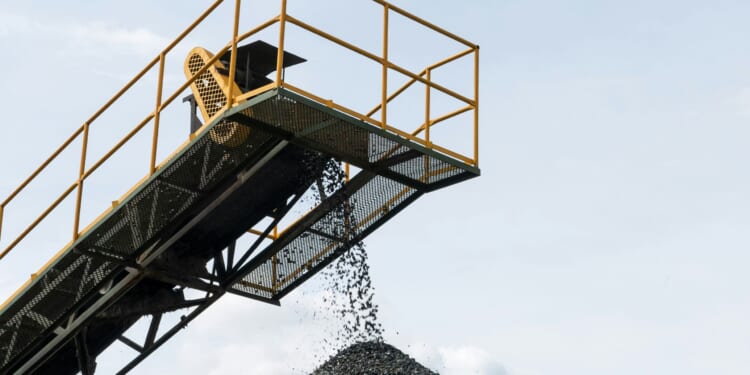Last week, the Department of Energy announced it would invest $625 million in coal production and coal-fired generation activities. The same day, the Department of the Interior announced it would open up to 13.1 million acres of federal land for coal leasing.
The Energy Department’s press release notes that $350 million will be dedicated to coal recommissioning and retrofit for providing “near-term electric power reliability and capacity,” $175 million for coal power projects that provide direct benefits in rural communities, $50 million for wastewater management systems to help extend coal plants’ service life, and $25 million each for dual-firing retrofits and natural gas cofiring systems.
The Secretary of Energy, Chris Wright, said, “These funds will help keep our nation’s coal plants operating and will be vital to keeping electricity prices low and the lights on without interruption.” Coal is a reliable, baseload power source, like nuclear and natural gas, but it also has the advantage of the fuel being stockpiled on-site, unlike natural gas in pipelines.
It is unfortunate that help didn’t come sooner for Minnesota, whose grid is at risk of rolling blackouts because power companies have shut down reliable coal, natural gas, and nuclear plants and are attempting to replace them with wind and solar. Center of the American Experiment had run a campaign to save Xcel Energy’s Sherco coal plant, which ultimately shut down at the end of 2023.
The Energy Department has taken action to keep the J.H. Campbell Generating Plant in Michigan running through the summer due to a shortage of electric energy in the Midwest creating an emergency. Earlier this year, the Energy Department also designated metallurgical coal — coal used in the production of steel — as a “critical material,” given its unique properties and supply chain vulnerabilities.
The Interior Department’s decision to open 13.1 million acres of federal land for coal leasing is complementary to the Energy Department’s emphasis on coal-fired power plants. Mining coal domestically can help ensure reliable supplies and bolster against supply-chain disruptions. Coal can also serve as a source of critical minerals, like rare earth elements, through the recovery of mine tailings, which the U.S. Geological Survey and Interior Department are working to map and fast-track projects to utilize.
The Interior Department has begun lease sales at the Freedom Mine in Mercer County, and the Falkirk Mine in McLean County, North Dakota, each of which will generate annual fees of $3 per acre and a seven percent royalty payment to be split between the state and the U.S. Treasury.
Together, these efforts acknowledge that energy security depends on reliability and that intermittent wind and solar cannot sustain a modern, industrialized grid by themselves. Supporting the mining of coal and the use of coal-fired electricity generation helps rebuild the backbone of a reliable grid for Minnesota and the Midwest.










